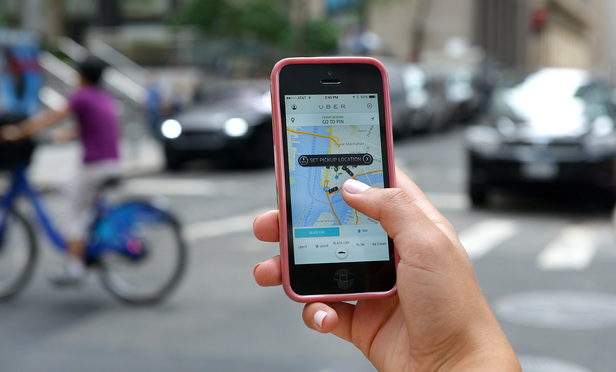Uber recently found itself driving a very narrow road, flanked on the one side by the Scylla of labor-and-employment claims and on the other by the Charybdis of antitrust liability. And the road is narrow because it’s the defense to the first type of claim that sets the predicate for the second. To understand why this is, some background to Uber’s nature and organization will be helpful.
Uber bills itself as a technology company, not a transportation company. It produces an application for smartphones that connects riders and drivers and also facilitates the payment of fares, which are set according a proprietary algorithm. Uber collects part of each fare as a software licensing fee and remits the remainder to the driver. It steadfastly maintains that the drivers are freelancers, not employees.
This content has been archived. It is available through our partners, LexisNexis® and Bloomberg Law.
To view this content, please continue to their sites.
Not a Lexis Subscriber?
Subscribe Now
Not a Bloomberg Law Subscriber?
Subscribe Now
LexisNexis® and Bloomberg Law are third party online distributors of the broad collection of current and archived versions of ALM's legal news publications. LexisNexis® and Bloomberg Law customers are able to access and use ALM's content, including content from the National Law Journal, The American Lawyer, Legaltech News, The New York Law Journal, and Corporate Counsel, as well as other sources of legal information.
For questions call 1-877-256-2472 or contact us at [email protected]



